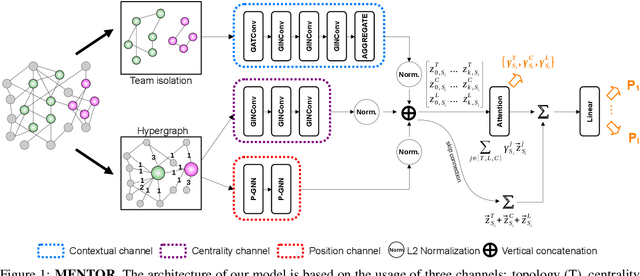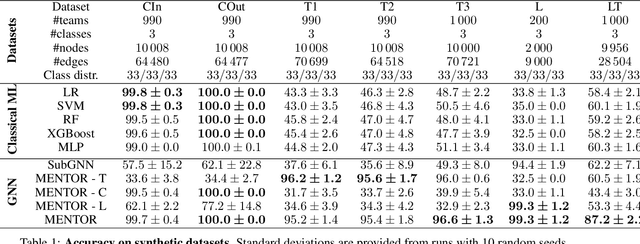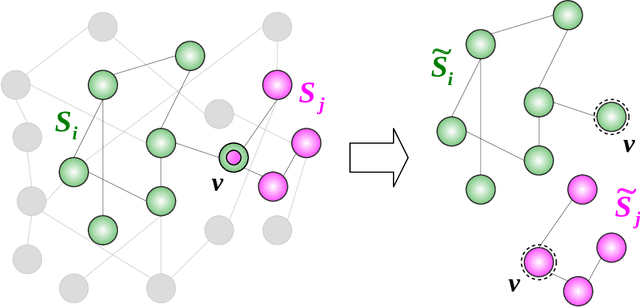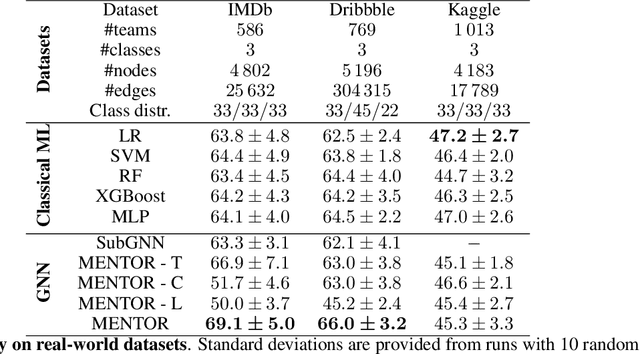Nicolò Gozzi
Modeling Teams Performance Using Deep Representational Learning on Graphs
Jun 29, 2022



Abstract:The large majority of human activities require collaborations within and across formal or informal teams. Our understanding of how the collaborative efforts spent by teams relate to their performance is still a matter of debate. Teamwork results in a highly interconnected ecosystem of potentially overlapping components where tasks are performed in interaction with team members and across other teams. To tackle this problem, we propose a graph neural network model designed to predict a team's performance while identifying the drivers that determine such an outcome. In particular, the model is based on three architectural channels: topological, centrality, and contextual which capture different factors potentially shaping teams' success. We endow the model with two attention mechanisms to boost model performance and allow interpretability. A first mechanism allows pinpointing key members inside the team. A second mechanism allows us to quantify the contributions of the three driver effects in determining the outcome performance. We test model performance on a wide range of domains outperforming most of the classical and neural baselines considered. Moreover, we include synthetic datasets specifically designed to validate how the model disentangles the intended properties on which our model vastly outperforms baselines.
 Add to Chrome
Add to Chrome Add to Firefox
Add to Firefox Add to Edge
Add to Edge